LED display is composed of a row of light emitting diodes, so the quality of LED directly affects the overall quality of the display
1. Brightness and angle of view
The brightness of display screen mainly depends on the luminous intensity and LED density of LED. In recent years, new technologies of LED in substrate, epitaxy, chip and package have emerged endlessly, especially the stability and maturity of the current expansion layer technology and process of indium tin oxide (ITO), which has greatly improved the luminous intensity of LED. At present, under the condition that the horizontal angle of view is 110 degrees and the vertical angle of view is 50 degrees, the luminous intensity of the green tube has reached 4000 mcd, the red tube has reached 1500 mcd, and the blue tube has reached 1000 mcd. When the pixel spacing is 20mm, the brightness of the display screen can reach more than 10,000nit. The display can work around the clock in any environment
When talking about the perspective of the display screen, there is a phenomenon worth thinking about: LED display screens, especially outdoor display screens, are basically viewed from the bottom up, while in the form of existing LED display screens, half of the luminous flux disappears in the vast sky.
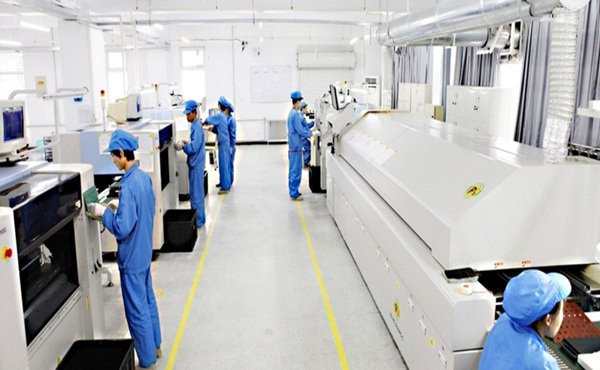

2. Uniformity and clarity
With the development of LED display technology, uniformity has become the most important indicator to measure the quality of the display. It is often said that the LED display is "brilliant in every bit and brilliant in every piece", which is a vivid metaphor for the serious unevenness between pixels and modules. The professional terms are "dust effect" and "mosaic phenomenon".
The main causes of the uneven phenomenon are: the LED performance parameters are inconsistent; Inadequate assembly accuracy of display screen during production and installation; The electrical parameters of other electronic components are not consistent enough; The design of modules and PCBs is not standardized.
The main reason is "the inconsistency of LED performance parameters". The inconsistencies of these performance parameters mainly include: inconsistent light intensity, inconsistent optical axis, inconsistent color coordinates, inconsistent light intensity distribution curves of each primary color, and inconsistent attenuation characteristics.
How to solve the inconsistency of LED performance parameters, there are two main technical approaches in the industry at present: first, improve the consistency of LED performance by further subdividing LED specification parameters; The other is to improve the uniformity of the display screen through subsequent correction. The subsequent correction has also developed from the early module correction and module correction to today's point by point correction. Correction technology has developed from simple light intensity correction to light intensity color coordinate correction.
However, we believe that subsequent correction is not omnipotent. Among them, the inconsistency of optical axis, the inconsistency of light intensity distribution curve, the inconsistency of attenuation characteristics, the poor assembly accuracy and the nonstandard design cannot be eliminated through subsequent correction, and even this subsequent correction will worsen the inconsistency of optical axis, attenuation and assembly accuracy.
Therefore, through practice, our conclusion is that the subsequent correction is only a cure, while LED parameter subdivision is the root cause and the future mainstream of LED display industry.
As for the relationship between screen uniformity and definition, there is often a misunderstanding in the industry, that is, resolution replaces definition. In fact, the definition of the display screen is the subjective feeling of the human eye on the resolution, uniformity (signal-to-noise ratio), brightness, contrast and other factors of the display screen. Simply reducing the physical pixel spacing to improve the resolution, while ignoring the uniformity, is undoubtedly to improve the clarity. Imagine a display screen with serious "dust effect" and "mosaic phenomenon". Even if its physical pixel spacing is small and its resolution is high, it is impossible to get a good image definition.
Therefore, in a sense, "uniformity" rather than "physical pixel spacing" currently restricts the improvement of LED display screen definition.
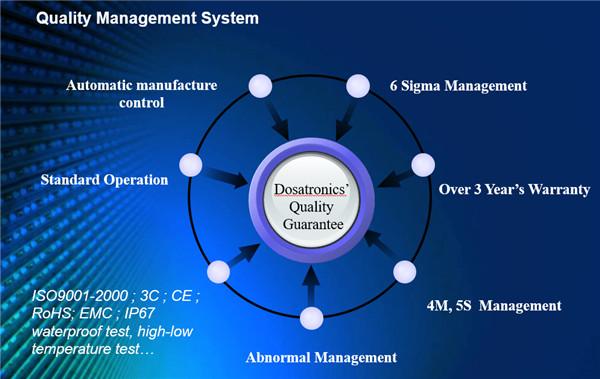
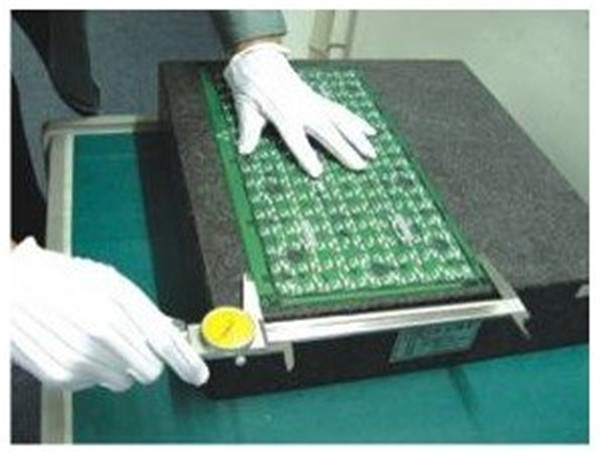
3. Display screen pixel out of control
There are many reasons for the display screen pixels to get out of control, the most important of which is "LED failure".
The main causes of LED failure can be divided into two aspects: one is the poor quality of LED itself; Second, the use method is improper. Through analysis, we conclude the corresponding relationship between LED failure modes and the two main causes.
As mentioned above, many LED failures cannot be found in the routine inspection and test of LED. In addition to being subjected to electrostatic discharge, large current (causing excessive junction temperature), external force and other improper use, many LED failures are caused by different internal stresses caused by different thermal expansion coefficients of LED chips, epoxy resins, supports, inner leads, solid crystal adhesives, PPA cups and other materials under high temperature, low temperature, rapid temperature changes or other harsh conditions. Therefore, LED quality inspection is a very complex work.
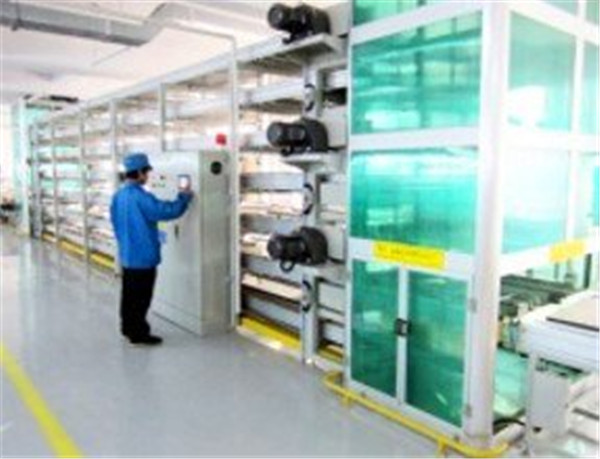
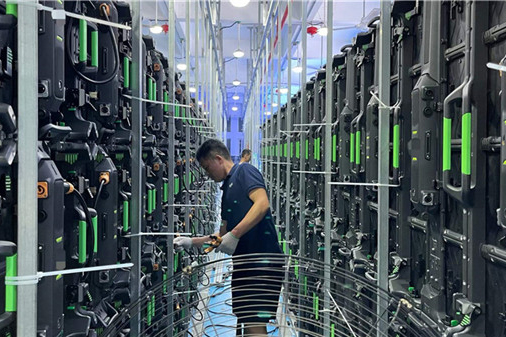
4. Life
The factors affecting the life of LED display screen include internal and external factors, including the performance of peripheral components, the performance of LED light emitting devices, and the fatigue resistance of products; Internal factors include the working environment of LED display screen, etc.
1). Peripheral component impact
In addition to LED light-emitting devices, LED displays also use many other peripheral components, including circuit boards, plastic shells, switching power supplies, connectors, chassis, etc. Any problem with one component may reduce the life of the display. Therefore, the longest life of the display screen is determined by the life of the key component with the shortest life. For example, LED, switching power supply and metal housing are all selected according to the 8-year standard, while the protective process performance of the circuit board can only support its work for 3 years. After 3 years, it will be damaged due to corrosion, so we can only get a 3-year display screen.
2). The Influence of LED Light Emitting Device Performance
LED light emitting devices are the most critical and life related components of the display screen. For LED, it mainly includes the following indicators: attenuation characteristics, water vapor permeability characteristics, and ultraviolet resistance. If the LED display manufacturer fails to pass the evaluation on the indicator performance of LED devices, it will be applied to the display, which will lead to a large number of quality accidents and seriously affect the life of the LED display.
3). Effect of fatigue resistance of products
The anti fatigue performance of LED display screen products depends on the production process. It is difficult to ensure the anti fatigue performance of modules produced by poor three prevention treatment process. When the temperature and humidity change, the protective surface of the circuit board will appear cracks, leading to the decline of the protective performance.
Therefore, the production process of LED display screen is also a key factor to determine the life of the display screen. The production process involved in the production of display screen includes: component storage and pretreatment process, furnace welding process, three proofing process, waterproof sealing process, etc. The effectiveness of the process is related to the selection and proportion of materials, parameter control and the quality of operators. For most LED display manufacturers, the accumulation of experience is very important. A factory with many years of experience will control the production process more effectively.
4). Impact of work environment
Due to different purposes, the operating conditions of the display screen vary greatly. In terms of environment, the indoor temperature difference is small, and there is no impact of rain, snow and ultraviolet light; The maximum temperature difference outside can reach 70 degrees, plus wind, sun and rain. The bad environment will aggravate the aging of the display screen, and the working environment is an important factor affecting the life of the display screen.
The life of LED display screen is determined by many factors, but the end of life caused by many factors can be continuously extended through the replacement of parts (such as switching power supply). However, LED cannot be replaced in large quantities. Therefore, once the life of LED ends, it means the life of display screen ends.
We say that LED life determines the life of the display screen, but we do not mean that LED life is equal to the life of the display screen. Since the display screen does not work at full load at all times when it is working, the life span of the display screen should be 6-10 times that of the LED when it plays video programs normally, and the life span of the LED can be longer when it is working at low current. Therefore, the lifetime of LED display screen with this brand can reach about 50000 hours.
Post time: Dec-20-2022





